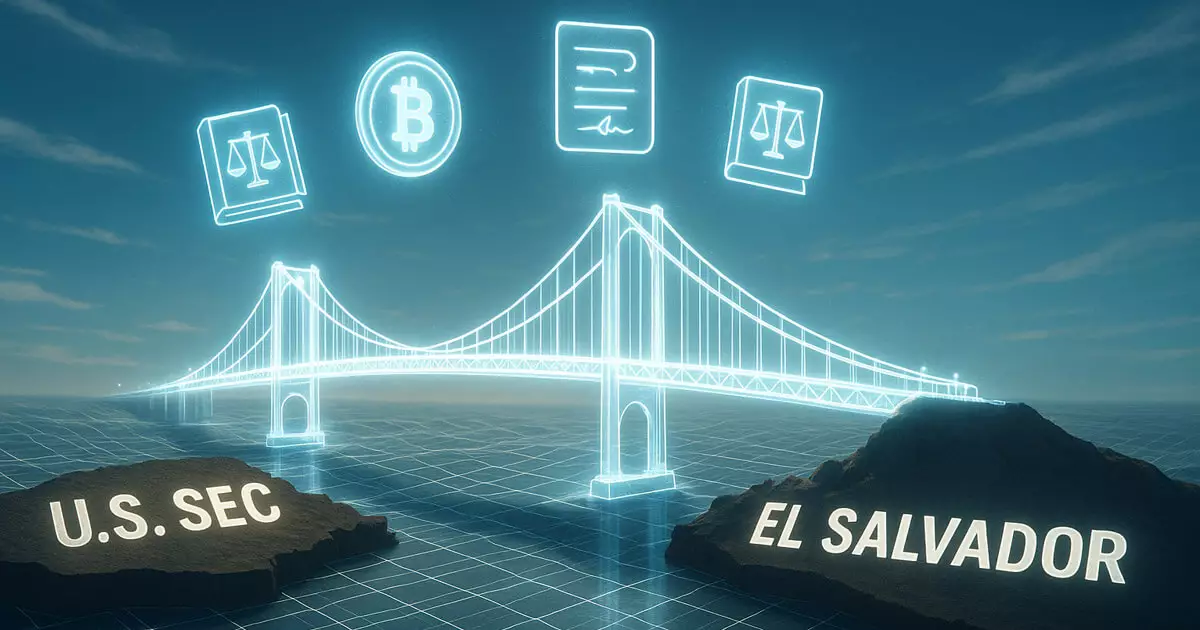The United States Securities and Exchange Commission (SEC) is undergoing a paradigm shift in its regulatory strategy by engaging in discussions with El Salvador’s National Commission of Digital Assets (CNAD). This initiative marks a significant step towards crafting a more streamlined and inclusive regulatory environment for digital assets. The SEC’s proposed regulatory sandbox aims to trial innovative tokenization models in real-world applications, potentially revolutionizing how we perceive and handle digital assets across borders.
Pioneering Real Estate Tokenization
One of the standout components of this initiative is the emphasis on real estate tokenization. It’s fascinating to observe how the SEC has acknowledged CNAD’s historical success in managing various tokenization scenarios, from debt instruments to fractional ownership of property. By leveraging the expertise of a nation that has boldly embraced cryptocurrencies, the SEC stands poised to gather invaluable insights. If successful, this could catalyze broader adoption of tokenized assets, providing smaller investors with access to real estate investments that were once out of reach. The proposed pilot initiatives underline a critical understanding: the need for regulatory frameworks that adapt to innovative business models rather than stifle them.
Lowering Barriers for Emerging Participants
The SEC’s efforts to cap the costs of participation at $10,000 per pilot is not a mere monetary gimmick—it serves as a strategic push to lower barriers for smaller businesses. Such a move could democratize access to the digital asset market, enabling niche firms and startups to thrive in an environment traditionally dominated by larger players. The dual approach of examining tokenized real estate and fundraising innovations presents a holistic strategy that promises to foster entrepreneurship while maintaining essential investor protections.
Adapting Regulations to Market Realities
In recent times, it has become clear that the SEC is evolving its stance on cryptocurrencies, deviating from the restrictive measures seen during previous administrations. This new willingness to reconsider and adapt outdated regulations reflects an understanding of the complexities of a global digital asset landscape. Observers of the market should take note of this shift; it indicates a potential easing of regulatory burdens alongside the promotion of innovation. The SEC’s roundtable discussions to identify regulatory gaps are not just procedural; they are a sign of a regulatory body becoming more responsive to the realities of rapid technological advancements in the financial sphere.
The Path Forward: A Balanced Approach
The SEC’s emphasis on balancing innovation with investor safety is laudable. By stress-testing proposed policies within a live environment, the SEC can gather empirical data that is often more reliable than theoretical assessments alone. This model paves the way for a more robust regulatory framework that could address the concerns of a diverse array of stakeholders—from small investors to larger institutions. The success of these initiatives could very well set a precedent for how other regulatory bodies approach the assessment and integration of digital assets into traditional financial frameworks.
This cross-border initiative with El Salvador may not just be a trial; it could signal the dawn of a new regulatory era where innovation and safety coalesce, benefitting the entire market spectrum.


Leave a Reply